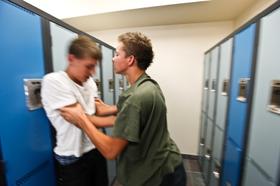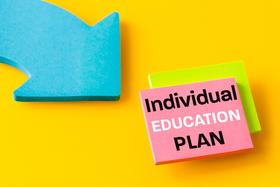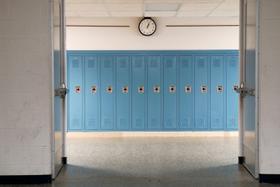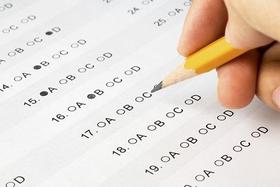Jobs are ready and waiting in the United States today. Unfortunately, there are not enough skilled workers ready to fill those posts, according to many in the business sector. With that mantra in mind, the state of education in the U.S. appears to be facing a major overhaul. The focus is shifting from preparing all students for a four-year postsecondary education to providing at least some of those students with the skills necessary to find lucrative careers shortly after high school. Introducing technical education, revamped and ready for the 21st-century global market.
Skills Shortage in the U.S.
The training gap has been one that has slowly evolved over recent decades. Generations past were able to land good jobs right after high school, in manufacturing and other industries that benefitted from high school classes in technical subjects that were once known as 鈥渟hop鈥� courses. However, the workplace began to change, with manufacturing jobs requiring new skills as technology took over the assembly line. Unfortunately, the public school curriculum did not change with the time, and 鈥渟hop鈥� classes now considered irrelevant gradually became obsolete.
hinted at a change that is currently beginning to sweep high schools nationwide, by highlighting a portion of President Obama鈥檚 recent State of the Union Address. In his speech, the President stated that in order to compete on a global level with countries like Germany, high schools in America would need to do a better job of preparing high

































